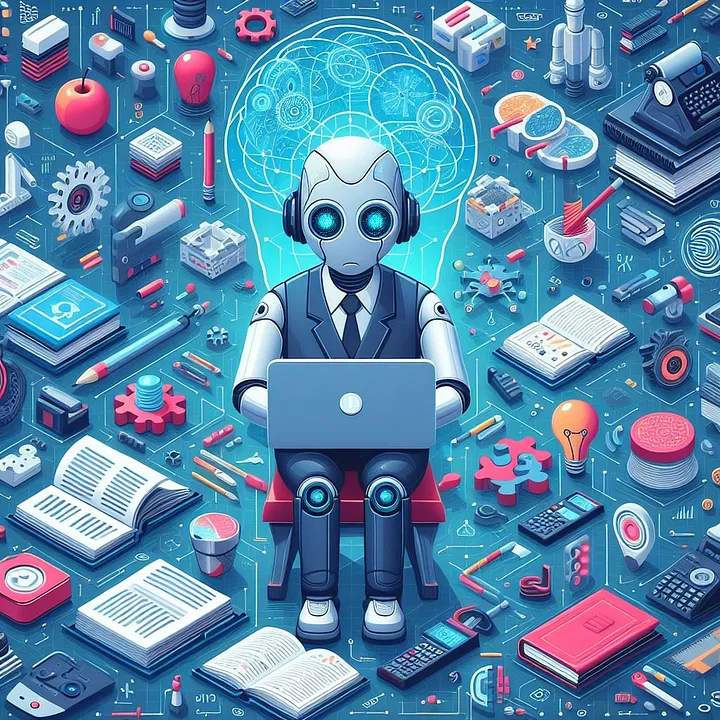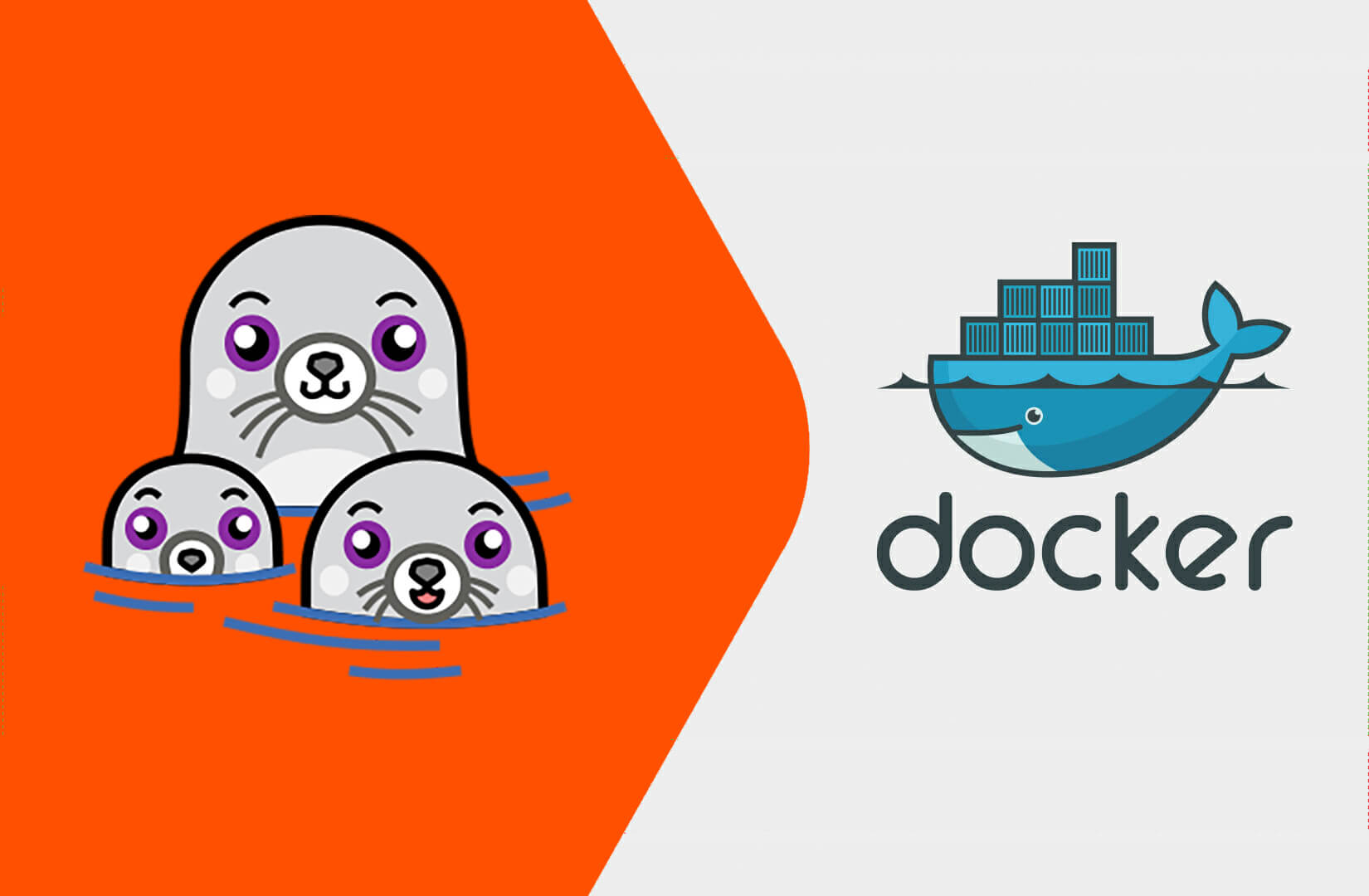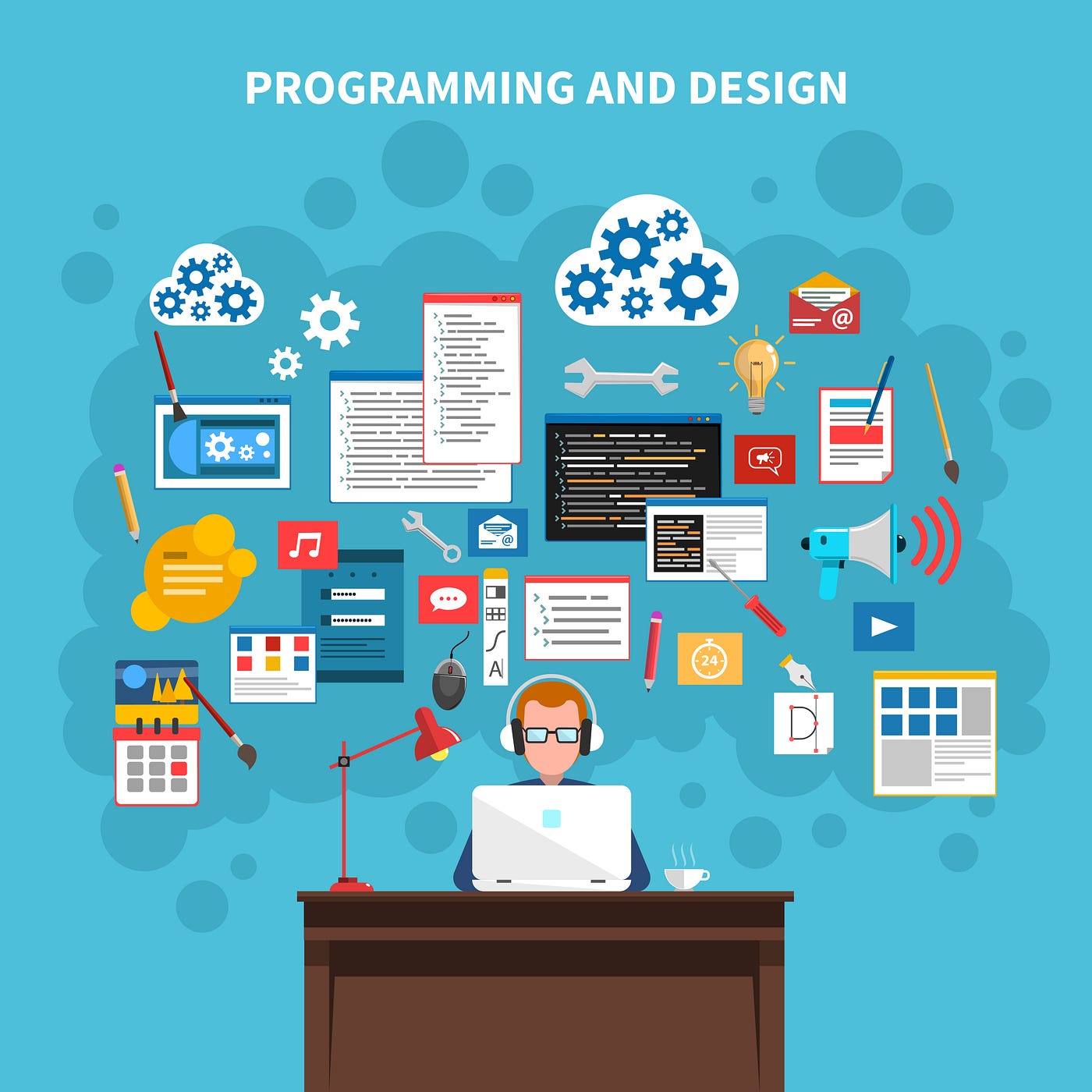1. Take Action
Embrace AI. If you haven’t started using it yet, now is the time. Delaying could mean your company leaves you behind as they adapt to the changing landscape.
I’m serious (and perhaps a bit pessimistic).
While AI presents challenges for our environment and our craft, debating its implications is futile. (There are ways to address these issues, but those discussions belong elsewhere.)
Recent trends show an increase in layoffs, regardless of how much companies tout their positive work culture. In tech, it’s wise to prepare for the worst.
2. Equip Yourself with an AI Assistant
When we mention AI, we refer to tools tailored for development. General-purpose AI, like ChatGPT, can be useful, but specialized tools are more effective for our needs. GitHub Copilot is a leading option, but I also recommend JetBrains’ AI Assistant. Invest in the licenses and experiment to find what suits you best. Most importantly, actively use these tools.
3. Automate Your Commit Messages
One significant time-saver is using AI to generate commit messages. I process about 1,000 commits monthly, and JetBrains’ AI Assistant simplifies this in their IDEs. Here’s a prompt I use, adapted from the default settings, leveraging Conventional Commits and tagging every message as AI-generated:
- Avoid lengthy descriptions or superfluous details.
- Start with a concise imperative sentence, no longer than 50 characters.
- Follow the Conventional Commits format.
- Leave an empty line, then provide a more detailed explanation.
- Keep the initial part to a single sentence, and limit the detailed section to two or three sentences.
- For any repository changes, use: “chore: include automated changes.”
- Conclude each message with: “(This commit message was AI-generated.)”
This method not only saves time but also maintains quality, often matching or exceeding my manual efforts.
However, it’s essential to note that being able to craft clear commit messages is still a valuable skill. If you’re a junior developer who hasn’t yet mastered this, focus on developing that ability first before relying on AI assistance. Mastering the fundamentals is critical for establishing your professional credibility.
4. Utilize AI for Code Reviews
If you typically work independently, you might not receive much feedback on your code. However, within organizations, code review processes can vary widely. You may encounter reviewers who pass everything without scrutiny or those who nitpick every detail, such as tabs versus spaces. Additionally, feedback can come quickly or require managerial intervention to obtain from other teams.
In both scenarios, AI code reviews can be incredibly beneficial. They provide the second opinion you might be lacking and help streamline and standardize the code review process within teams.
What tools should you consider? While I’m still exploring my options, my current favorite is CodeRabbit. It has effectively highlighted issues I might have overlooked, especially during complex changes in my projects.
That said, I don’t recommend relying solely on AI for code reviews. While it can be essential for individual work, the approach differs in collaborative environments. Use AI as a complementary tool in the process, then adjust based on your expertise and expectations.
5. Leverage AI for Code Refactoring
If you’re like many developers (myself included), you probably leave to-do comments to indicate areas of your code that need cleaning up. One excellent use case for your AI assistant or IDE is refactoring those sections. For example, JetBrains offers a robust refactoring option, which I believe is one of its best AI features aside from commit message generation. You can request refactoring suggestions for your code—give it a try! While the solution may not be “perfect,” it’s likely to improve upon the existing code. (And if it doesn’t, you can always add another to-do comment or revert the changes.)
Refactoring is an area where AI can truly excel, so I highly recommend utilizing it for this purpose.
6. Complete Five Test Projects
Now is the time to take action: jot down your biggest pain points, the recurring tasks that frustrate you, and the projects you’ve always wanted to tackle.
If you have the bandwidth and the necessary setup, enlist your AI code assistant to help you create the scaffolding or scripts for your envisioned solutions. Allow yourself to dive into these projects and build them out.
Aim to complete five or more of these projects. If you can manage the additional workload (keeping in mind the “AI paradox”), document your process, deploy your solutions, and share your results.
The goal is to strengthen your skills in AI-assisted development and hone your ability to discern where AI can be most beneficial—and where it may fall short.
7. Continuously Explore AI Tools
Make it a habit to explore AI solutions both professionally and personally. With the influx of AI products flooding the market, it’s essential to stay vigilant for tools that specifically cater to your niche. I find that setting recurring reminders can help keep this practice top of mind.
Here are some AI tools I’ve been evaluating or planning to explore:
- Amazon Q Developer
- Bito
- Codacy
- Codepeer
- CodeScene
- CodiumAI
- Cursor
- Grit
- Figstack
- Mutable.ai
- PullRequest
- Reviewable
- Sourcegraph Cody
- Tabnine
Once you’ve explored these, consider diving into various “awesome lists” for AI tools, such as Mahsima Dastan’s Awesome AI Tools or James Murdza’s Awesome AI-Powered Developer Tools.
8. Identify Areas Where You Won’t Use AI
I previously suggested waiting to automate commit messages with AI until you’ve established a solid habit of writing them yourself—a practice many of you may already have. This touches on a broader topic: understanding what tasks you can delegate to AI and which ones you should handle personally.
This distinction can be nuanced:
You might choose to avoid using AI in your primary area of expertise. For example, I refrain from using AI to generate HTML and CSS, as I have my reasons for wanting to manage this aspect personally (if you’re not convinced yet, consider following my work!).
However, it’s still important to experiment with AI and discover where it can enhance your efficiency—or potentially render some skills obsolete.
While this may sound concerning, it’s better to learn about AI’s capabilities and limitations on your own terms rather than waiting for someone else to inform you. This knowledge will allow you to adapt and embrace AI in your work while also developing your unique skill set—identifying areas where your talents and experience are valuable and not yet fully addressed by AI.
By mastering AI while simultaneously recognizing its limitations, you’ll position yourself strategically in the professional landscape of the future. Failing to do so risks having your work automated away.
Summary
- AI is resource-intensive, and we urgently need to explore ways to reduce its environmental impact and rely more on renewable energy sources.
- If we don’t engage critically with AI and continue learning, we risk becoming less capable in our roles.
- Developers, especially in web development, must integrate AI into their workflows. Companies are often indifferent to individual contributions, so adapting is crucial for job security.
- Starting with an AI IDE or an IDE equipped with an AI code assistant can ease this integration.
- Automating commit messages is a practical and effective use of AI.
- AI-assisted code reviews should be considered essential to our workflow.
- AI-supported refactoring can significantly improve code quality.
- Tackling personal pain points and creating small projects using AI will help build experience and confidence.
- Staying informed about the evolving AI landscape is vital; regular exploration of AI tools is necessary.
- We must understand AI deeply, including its limitations, to continually redefine our professional identities.
I believe these are the key actions we can take right now to leverage AI in web development effectively.








